German-American Bank Building
Introduction
Text-to-speech Audio
Images
Lion Faced Fountain
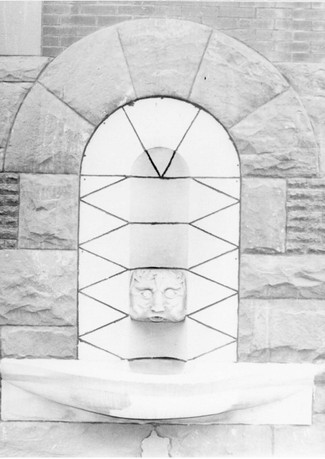
1889 Cornerstone
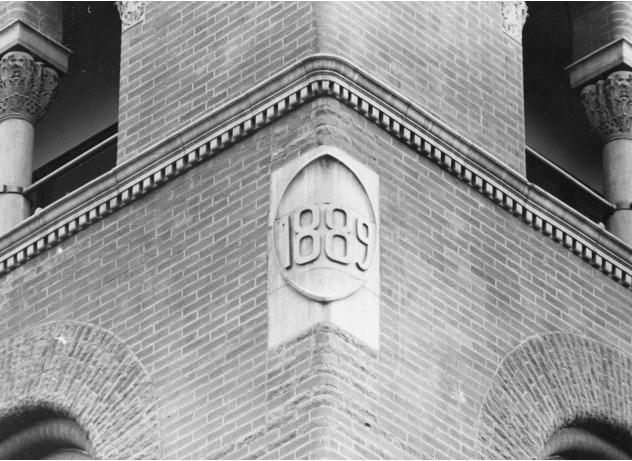
German Eagle Crest
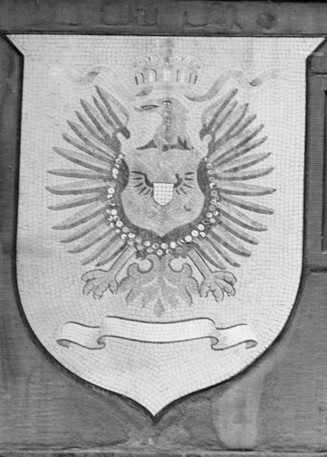
Loggia
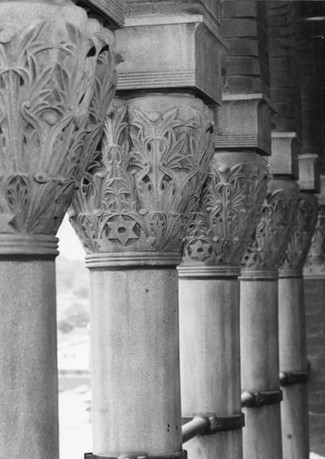
American Eagle Crest
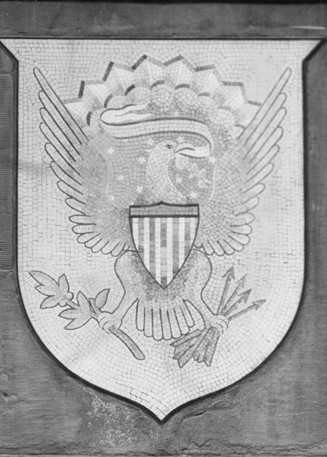
German-American Bank Building
.jpg)
Backstory and Context
Text-to-speech Audio
St. Joseph has a strong German heritage. German immigration to Missouri was consistent throughout the 1800s, but reached its peak in the 1870s-1890s with the Wars of German Unification. The fertile Missouri River Valley provided German immigrants with land similar to their homeland around the Rhine River, which earned the area the nickname of the Rhinelands. With St. Joseph being the westward terminus for the country, many entrepreneurs found their way to the city.
Prussian immigrant, Frederick Smith, was one of the earliest settlers in the St. Joseph area, platting the city out for its founding in 1843. As German immigrants favored abolition, the influx of Germans into Missouri altered the predominant southern slave owning population of the state, increasing tensions leading into the Civil War. After the war, due to the large German population in St. Joseph, civic infrastructure was developed to serve the community, including a German-English School, Heckel’s Benevolent Home for German Immigrants, the Volksblatt newspaper, and the German-American Bank.
The German-American Bank was founded in 1887, but it quickly outgrew its original location at 114 North Fifth Street. In 1889 the directors of the bank hired Eckel and Mann to design a new building at the corner of Seventh and Felix Streets. As this was the height of Ellis’ work with Eckel and Mann, the building was one of the first skyscrapers in the city with red brick Richardsonian design, open loggia, archways, and gargoyles and bas reliefs throughout. Its construction was delayed as plans for a grand hotel behind it failed to come to fruition.
The German-American Bank served the German speaking population of St. Joseph until the onset of the First World War. As anti-German sentiment rose in the United States, it quickly became dangerous to identify with the culture of your homeland. WWI marked the end of the “hyphenated American.” You were either fully American, or you were the enemy. As such, the German-English School was renamed the Longfellow School as German language courses were removed from the school district and the German-American Bank became the American National Bank in 1918. The German and American crests which adorned the main entrance were covered until restorations in the 1970s. In 2015 Mosaic Life Care purchased the building. After extensive renovation and restoration, the building now serves as Mosaic's administrative offices.
Sources
Nancy Sandehn. "German-American Bank Building/First Federal building, American National Bank Building." National Register of Historic Places Department of Natural Resources. September 1977.
Nancy Sandehn. "German-American Bank Building/First Federal building, American National Bank Building." National Register of Historic Places Department of Natural Resources. September 1977.
Nancy Sandehn. "German-American Bank Building/First Federal building, American National Bank Building." National Register of Historic Places Department of Natural Resources. September 1977.
Nancy Sandehn. "German-American Bank Building/First Federal building, American National Bank Building." National Register of Historic Places Department of Natural Resources. September 1977.
Nancy Sandehn. "German-American Bank Building/First Federal building, American National Bank Building." National Register of Historic Places Department of Natural Resources. September 1977.
Nancy Sandehn. "German-American Bank Building/First Federal building, American National Bank Building." National Register of Historic Places Department of Natural Resources. September 1977.
Nancy Sandehn. "German-American Bank Building/First Federal building, American National Bank Building." National Register of Historic Places Department of Natural Resources. September 1977.
